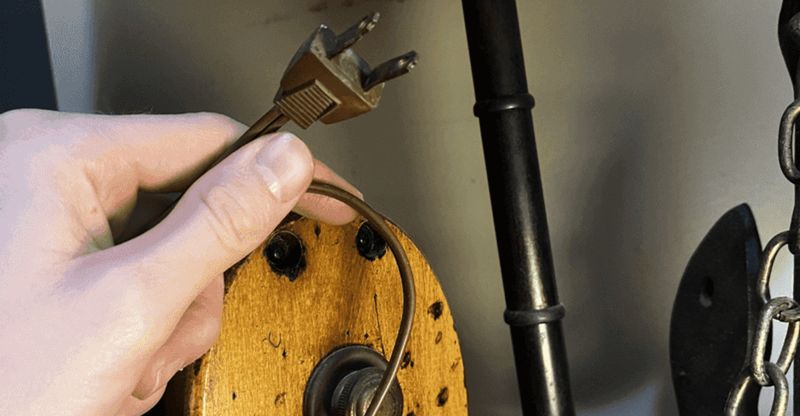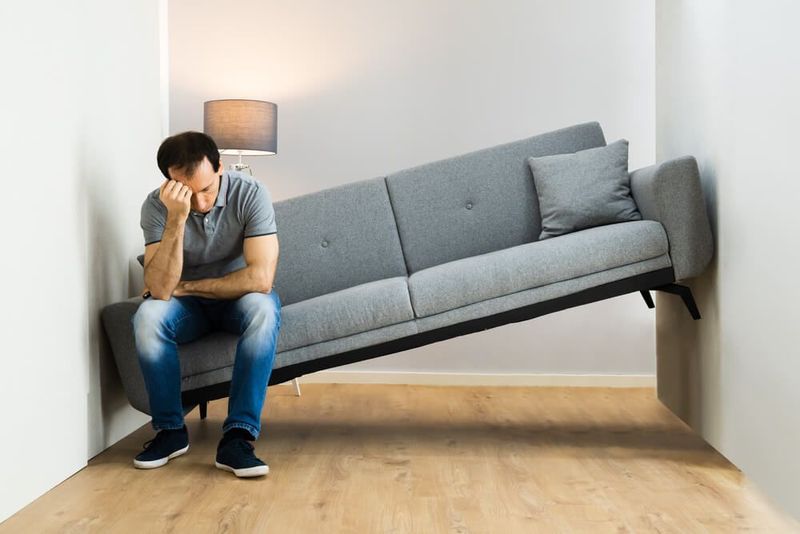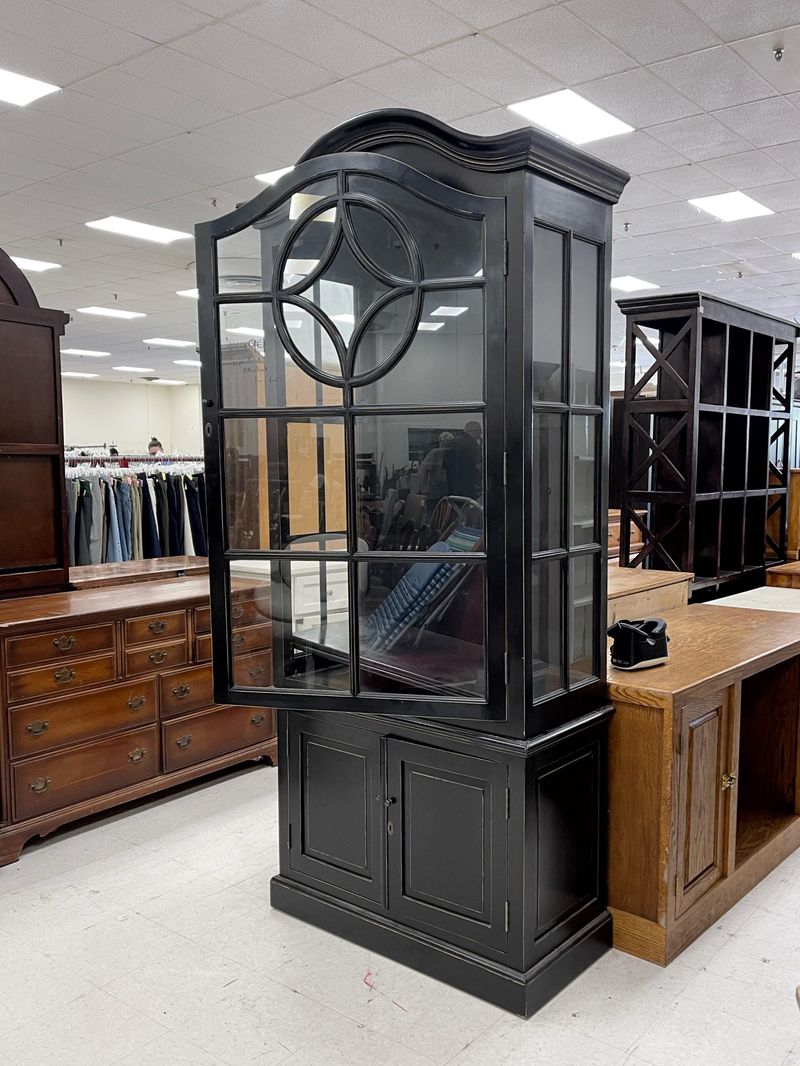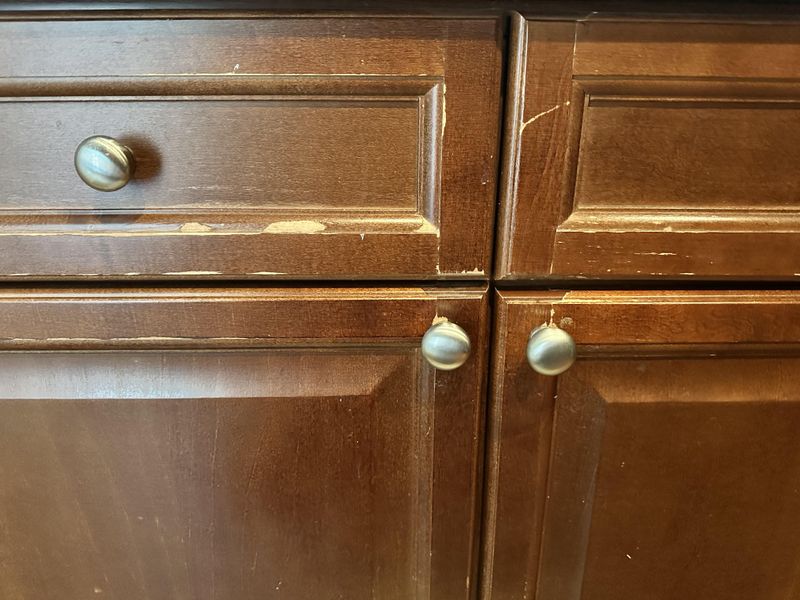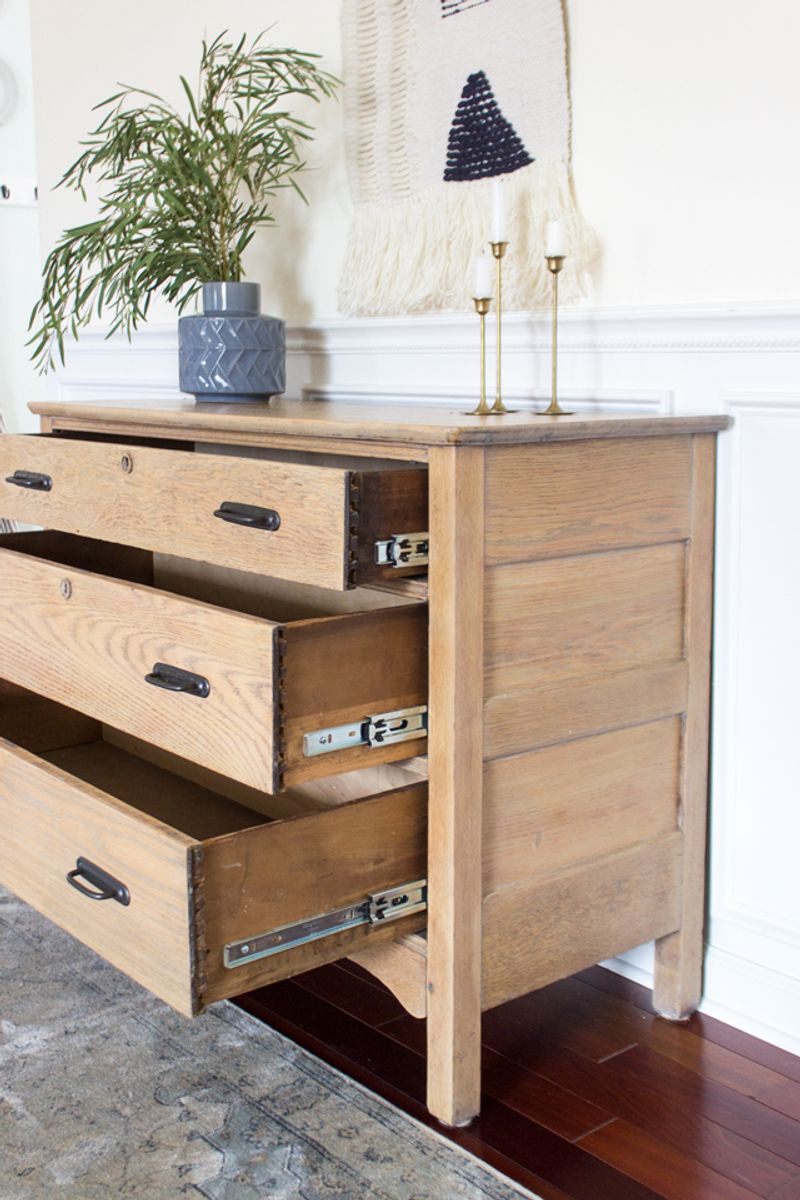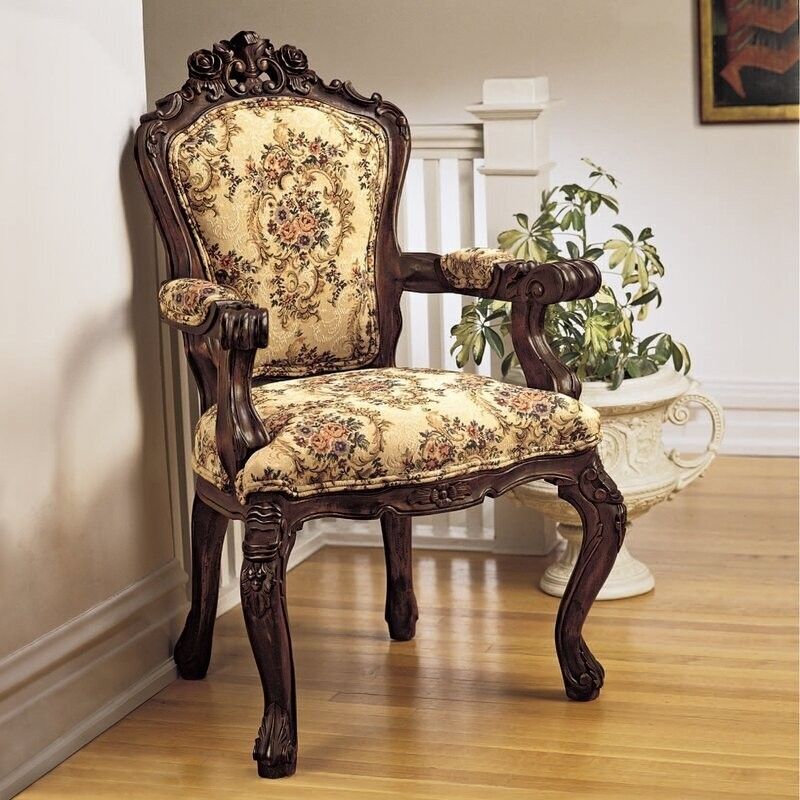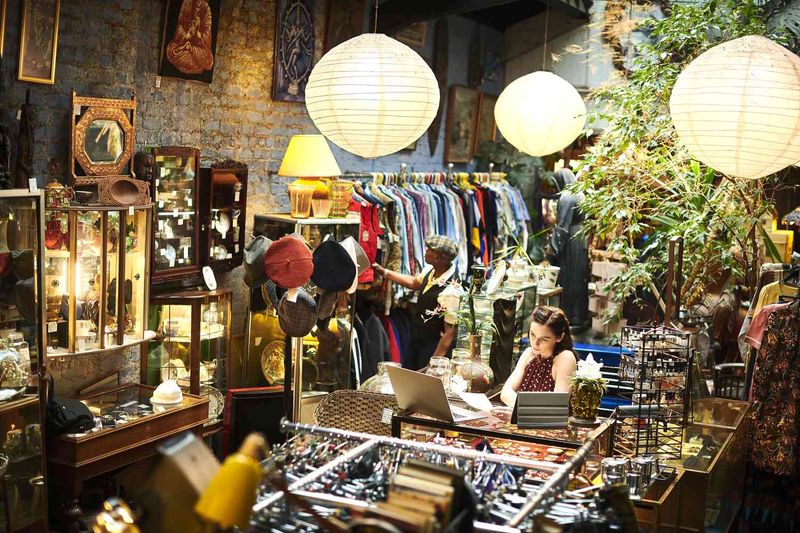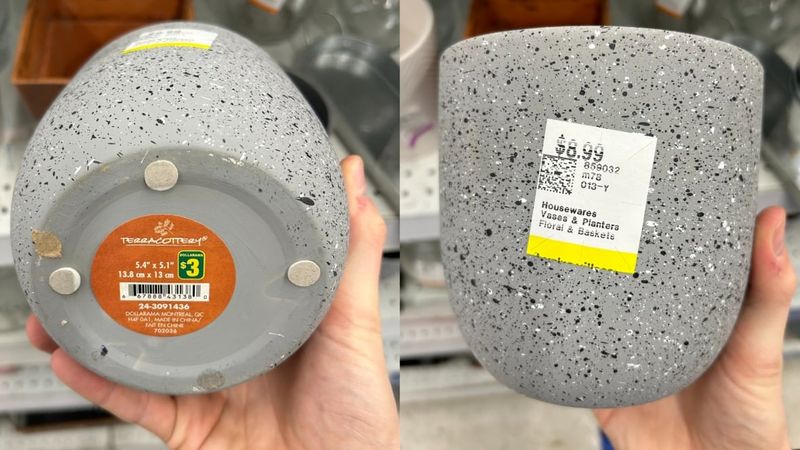Thrifting for home decor and furniture can be a thrilling treasure hunt that saves you money while finding unique pieces with character.
But even seasoned thrifters can make mistakes that lead to wasted money, pest infestations, or bringing home items that quickly fall apart.
I’ve gathered advice from interior designers, professional thrifters, and antique experts about what to avoid on your next secondhand shopping adventure.
1. Bringing Home Upholstered Items Without Pest Inspection
Your dream vintage armchair could be harboring unwelcome guests! Bed bugs, fleas, and other critters love hiding in fabric folds and cushion seams, potentially infesting your entire home.
Always examine upholstered items thoroughly by checking seams, zippers, and underneath cushions. A small flashlight helps spot eggs or droppings. When in doubt, leave that cozy-looking sofa behind—no bargain is worth a pest invasion!
2. Forgetting To Check For Structural Damage
What appears as a minor crack in that ceramic vase might actually signal impending disaster. Structural integrity issues can transform your perfect find into a pile of broken pieces within days. Run your fingers along edges to detect hairline fractures.
Give wooden furniture a gentle shake to test stability. Listen for concerning creaks or wobbles that suggest loose joints. Smart thrifters know that cosmetic flaws are fixable, but compromised structures often mean money down the drain.
3. Ignoring Strange Odors
Your nose knows! Musty, moldy, or cigarette smells aren’t just temporary inconveniences—they’re warning signs of deeper issues that might never fully disappear. Give potential purchases the sniff test, especially in hidden areas like drawer interiors and cabinet backs.
Some odors permanently embed in porous materials like wood and fabric. While surface smells might fade with cleaning, deeply penetrated odors from smoke, pets, or mildew often persist despite your best efforts.
4. Skipping Electrical Testing
That gorgeous vintage lamp priced at just $10 seems like the steal of the century—until it shorts out your electrical system or becomes a fire hazard. Many thrift stores have testing stations for electrical items. Use them!
Examine cords for fraying, cracks, or brittleness. Vintage appliances might lack modern safety features or contain hazardous materials like asbestos. When electrical testing isn’t possible, factor in the cost of rewiring or professional inspection before celebrating your bargain find.
5. Assuming All Items Are Safe For Their Intended Use
Just because something looks like a serving dish doesn’t mean it’s food-safe! Vintage ceramics might contain lead, and old cookware could be coated with substances now known to be harmful. Research brands and markings when purchasing kitchenware.
Items made for decoration can resemble functional pieces but contain toxic materials. Children’s furniture or toys from decades past might not meet current safety standards. Remember that regulations have evolved significantly—what was once common could now be considered dangerous.
6. Buying Furniture Without Measuring First
Love at first sight with that massive hutch? Without proper measurements, your heart might break when it won’t fit through your doorway or overwhelms your space. Always carry a tape measure when thrifting. Know your space dimensions, including doorways, hallways, and stairwells that your purchase must navigate.
Snap a photo of your intended placement area for reference. Seasoned thrifters understand that spatial visualization is tricky—numbers don’t lie, but our eyes certainly can!
7. Overlooking Missing Parts
Excitement over finding that mid-century side table might blind you to its missing hardware—pieces that could prove impossible to replace. Count drawer pulls, check for all shelf pegs, and ensure mechanical parts function properly.
For items like lamps, confirm all components are present, from finials to harps. Replacement parts for vintage items often require custom fabrication at significant expense. Even simple hardware can be challenging to match when dealing with older, discontinued designs.
8. Passing On Solid Wood Because Of Surface Scratches
Beneath that scratched, dull finish might lurk a solid wood masterpiece waiting for revival! Novice thrifters often overlook quality pieces because of easily fixable surface imperfections. Learn to identify solid wood by checking drawer sides, bottoms, and furniture backs.
Look for dovetail joints and natural grain patterns. Weight provides clues too—solid wood pieces feel substantially heavier than their particle board counterparts. A light sanding and refinishing can transform what others dismiss, giving you heirloom-quality furniture at bargain prices.
9. Being Afraid To Negotiate Respectfully
Sticker shock shouldn’t send you walking! Many thrift stores have flexibility on pricing, especially for items with flaws or those that have lingered on the sales floor. Approach negotiations politely, pointing out legitimate issues that affect value.
Ask if there are upcoming sales or discount days. Many stores offer additional markdowns on items with colored tags or after certain time periods. Remember that independent thrift shops typically have more negotiation room than chain stores with standardized pricing policies.
10. Neglecting To Test Drawers And Doors
Smooth-operating drawers and properly aligned doors aren’t just conveniences—they’re indicators of quality construction and proper care. Functionality issues often reveal deeper problems. Open and close every drawer completely. Check that doors swing freely without sticking or sagging.
Look for drawer stops and smooth glide mechanisms. These simple tests reveal much about an item’s condition and craftsmanship. Fixing drawer tracks or realigning cabinet doors often requires specialized skills and can quickly turn your bargain into a costly project.
11. Disregarding Craftsmanship And Materials
Falling for cheap, trendy pieces while overlooking quality craftsmanship is a rookie mistake that leads to disposable rather than sustainable home decor. Examine joinery techniques—dovetail and mortise-and-tenon joints indicate quality construction.
Flip items over to check for manufacturer marks and construction methods. Feel the weight and solidity of pieces. Well-crafted items from quality materials might cost more initially but will outlast cheaper alternatives by decades, making them the true bargains in the long run.
12. Purchasing Items That Don’t Match Your Style
Swooning over that ornate Victorian side table when your home screams minimalist modern? Impulse buys that clash with your existing decor often end up back in donation piles. Before shopping, photograph your space and create a style board or list of what you actually need.
Consider how new finds will integrate with your current aesthetic. The thrill of a bargain fades quickly when the item feels out of place in your home. Quality thrifting means finding pieces that enhance rather than confuse your personal style.
13. Shopping Without A Plan Or List
Wandering aimlessly through thrift stores often leads to cluttered homes and buyer’s remorse. Without direction, you’ll likely bring home items you don’t need or truly want. Create a prioritized list of specific items you’re hunting for. Set a budget before entering the store.
Take measurements and photos of spaces you’re looking to fill. Focused shopping helps you recognize genuine finds when you see them, rather than accumulating random objects that caught your eye momentarily.
14. Not Checking Under Stickers For Brand Information
Hidden beneath that price tag might be the maker’s mark that transforms your $5 find into a valuable collectible! Overlooking brand information means missing out on both value and history. Carefully peek under price stickers before making purchasing decisions.
Check bottoms, backs, and inside drawers for manufacturer stamps or labels. Research unfamiliar marks on your phone while still in the store. Knowledgeable thrifters have found valuable Midcentury pieces, designer ceramics, and collectible glassware simply by investigating markings others missed.
15. Believing All Vintage Items Are Valuable
Age alone doesn’t determine value—many old items are simply old, not rare or collectible. This misconception leads to overpaying for ordinary pieces with minimal resale value. Research current market trends for vintage items in your category of interest.
Condition significantly impacts value, with mint condition commanding premium prices. Mass-produced items rarely appreciate substantially, regardless of age. True value typically comes from rarity, designer names, exceptional craftsmanship, or historical significance—not simply surviving for a few decades.
16. Bypassing The Lighting Section
Hidden among outdated brass lamps and tacky shades are potential statement pieces waiting for simple makeovers. The lighting section offers some of thrifting’s best transformation opportunities. Focus on lamp bases with interesting shapes or quality materials—shades are easily replaced.
Check for proper wiring and functionality or factor in rewiring costs. A coat of paint, new shade, and updated hardware can transform dated lighting into designer-looking pieces. Creative thrifters know that lighting makeovers deliver dramatic results with minimal investment.





